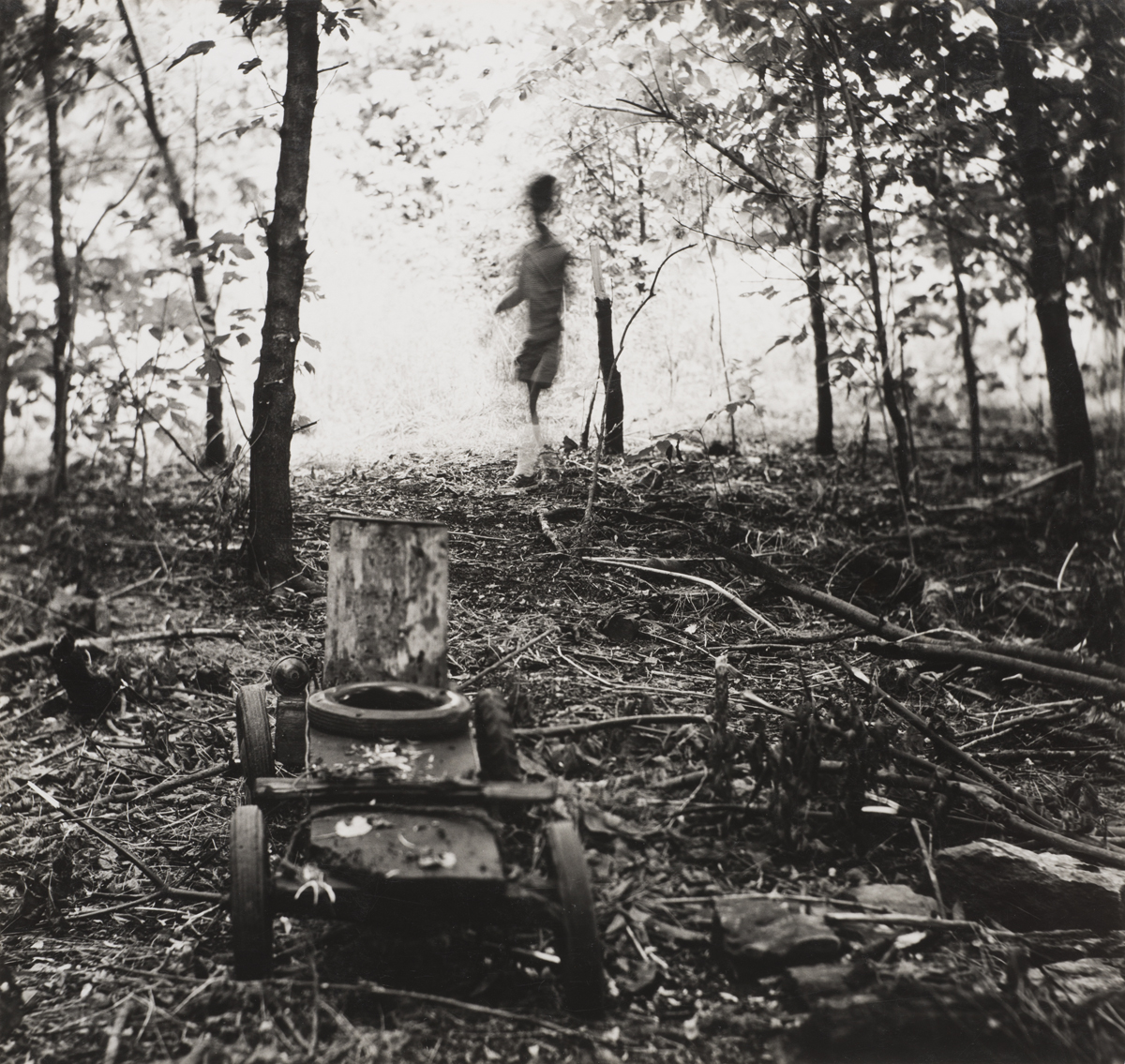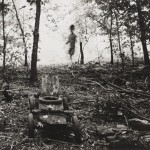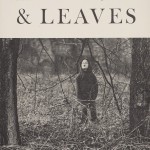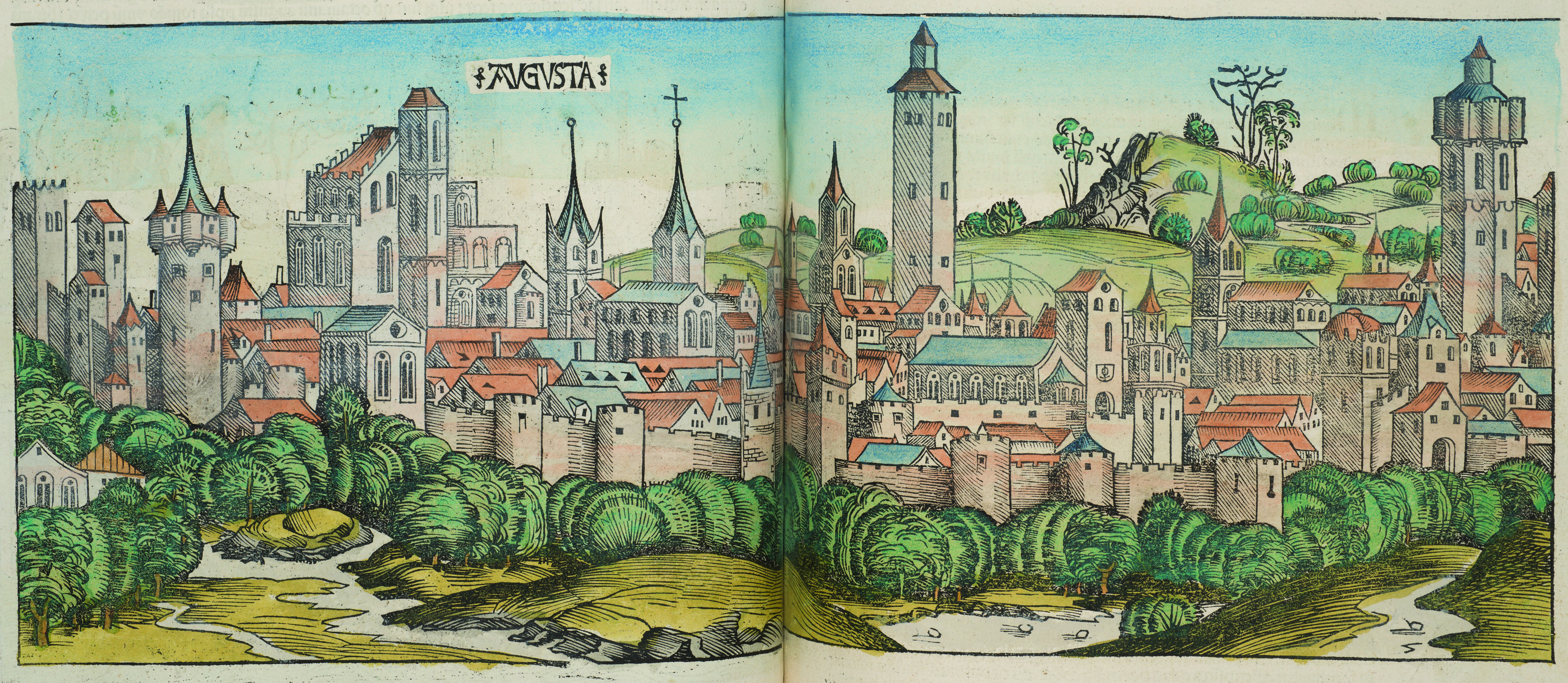UT Press has just released a book of campus-wide holdings celebrating the University of Texas at Austin’s vast collections. The Collections: The University of Texas at Austin is the initiative of Andrée Bober, founder and director of the University’s public art program, Landmarks. The book shares more than 80 discrete collections, reflecting the range of holdings at the University. The book offers a stunning look at the history, art, and artifacts that inspire imagination, creativity, and scholarship among the University community.
[Read more…] about Ransom Center showcased in new book on campus-wide university collections



![Ralph Eugene Meatyard, [Louis Zukofsky], 1967. Gelatin silver print, 7.5 x 6.75 inches. Guy Davenport collection, Harry Ransom Center. © The Estate of Ralph Eugene Meatyard.](https://sites.utexas.edu/ransomcentermagazine/files/2015/02/2014_0009_0029-150x150.jpg)

